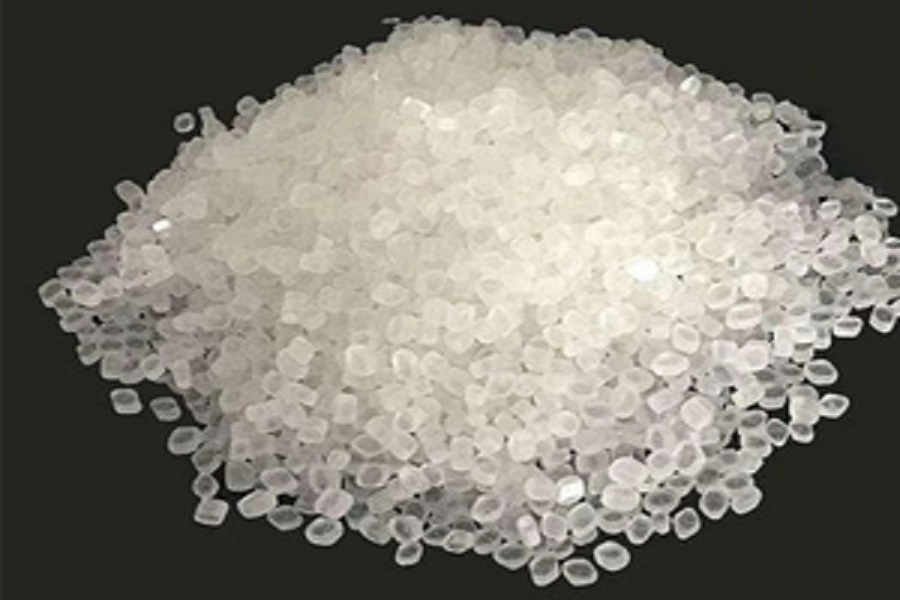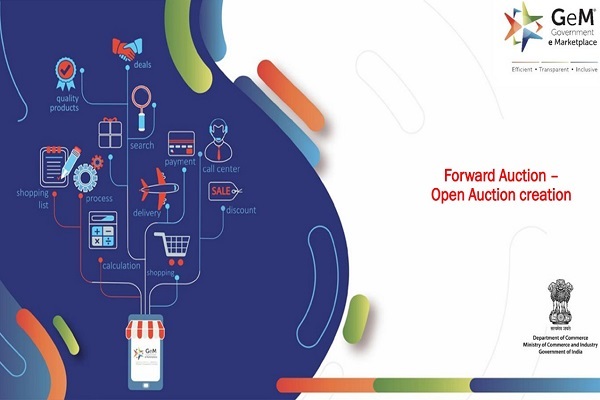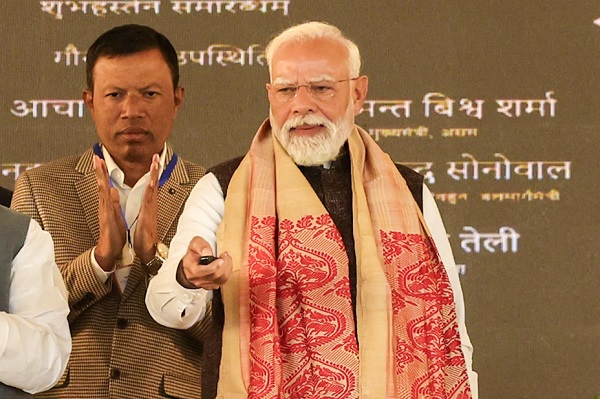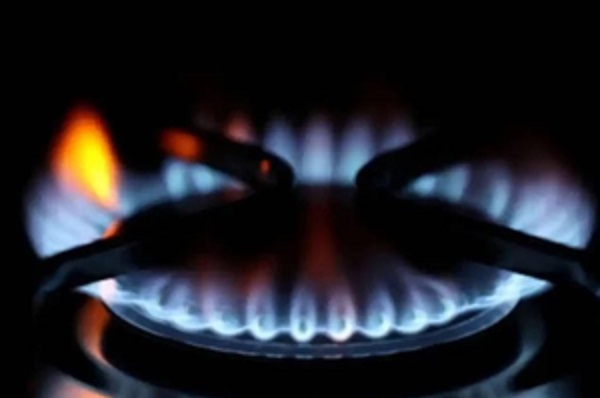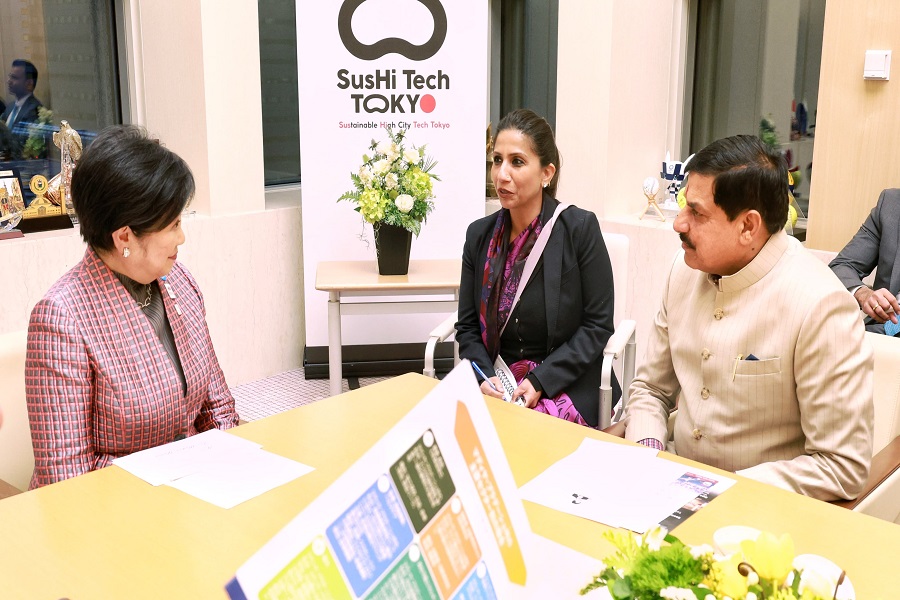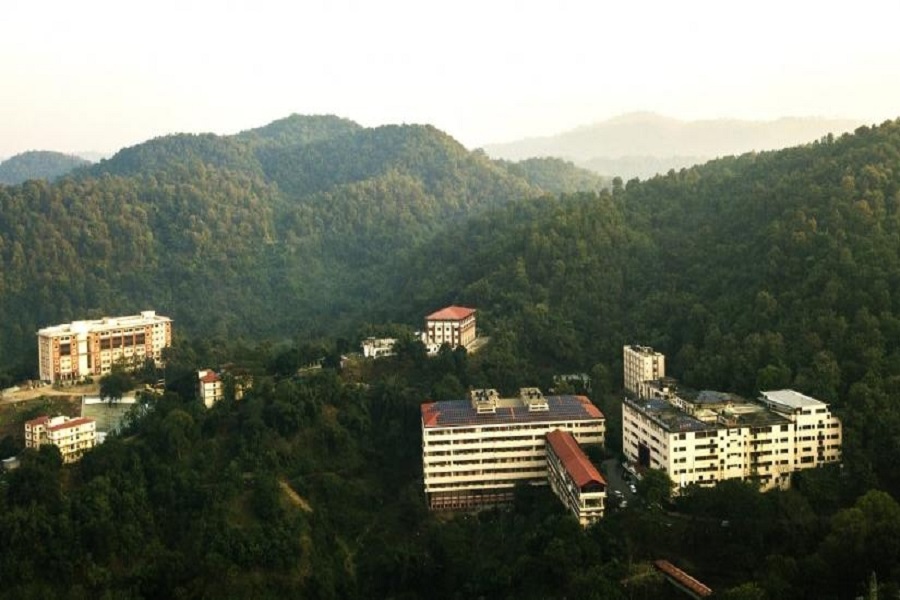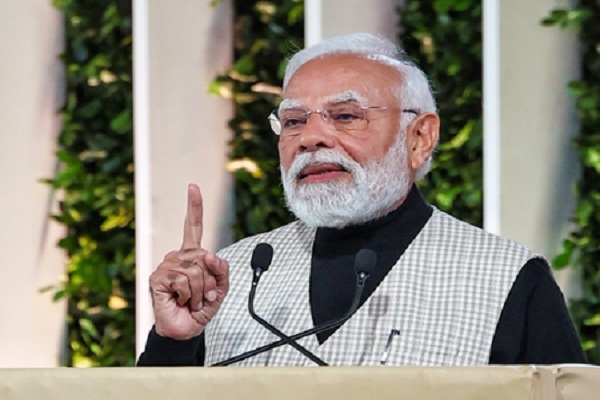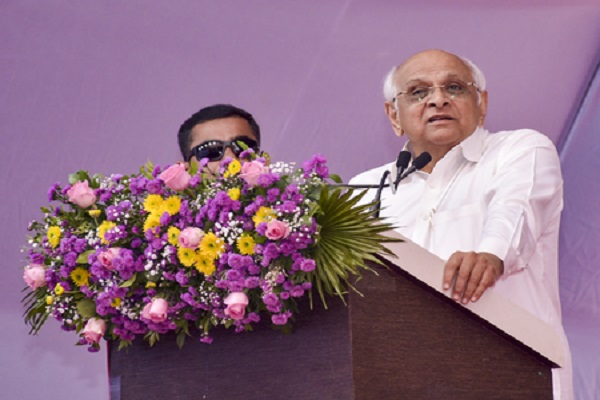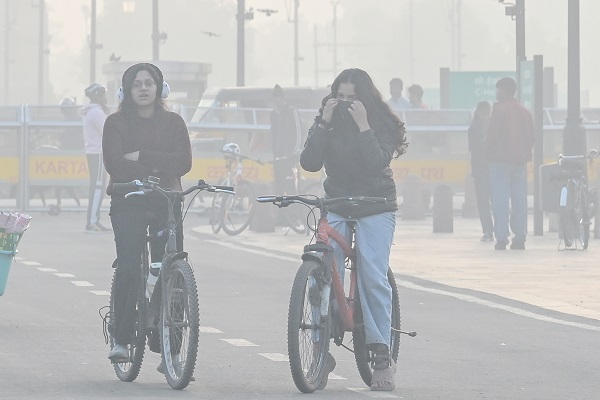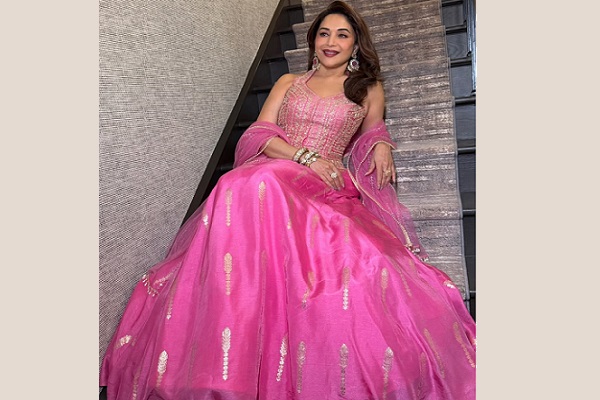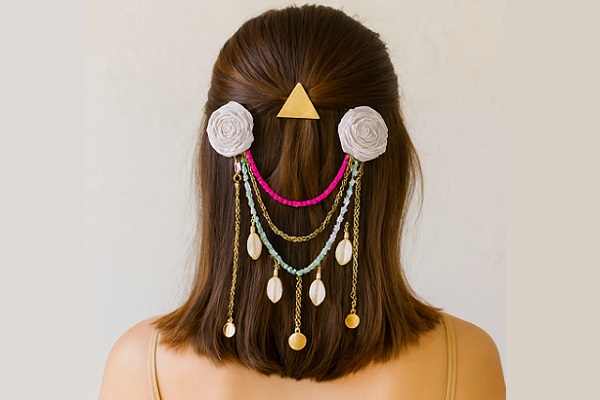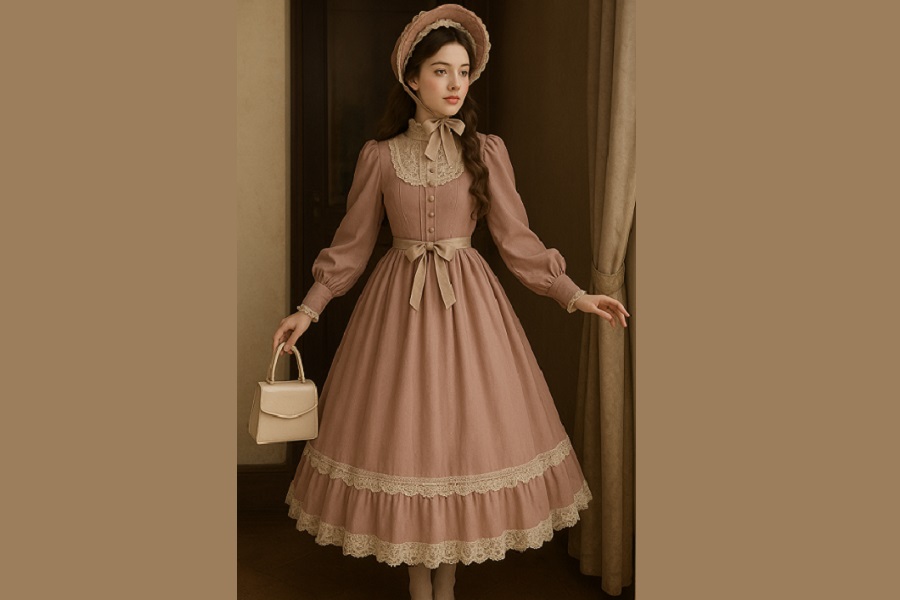The Evolution of Punjabi Fashion: A Glimpse into Traditional and Contemporary Trends
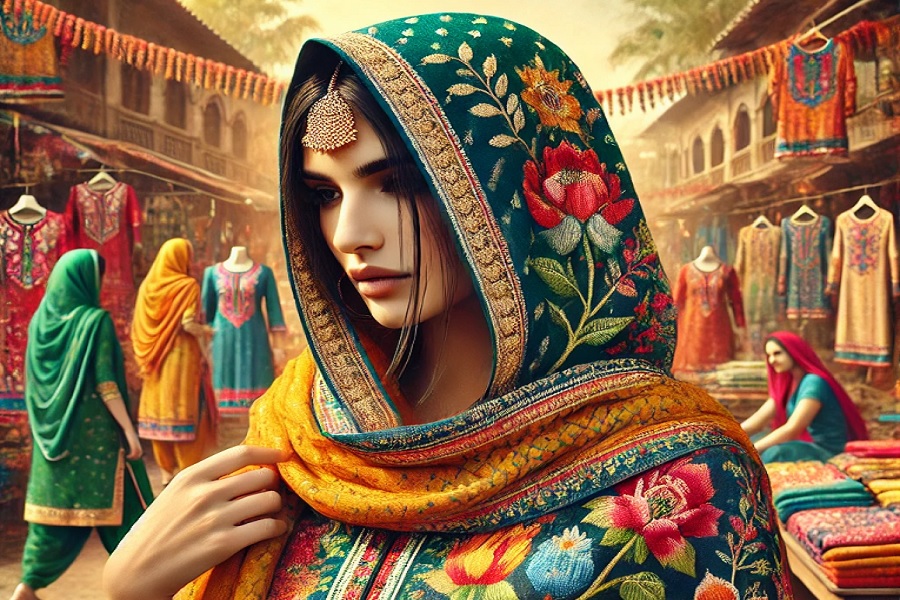
Punjabi fashion has always been an exciting blend of rich traditions and modern influences. Known for its vibrant colors, intricate embroidery, and elaborate styles, it represents a culture that's deeply rooted in its history while embracing contemporary fashion trends. Let’s take a closer look at the different facets of Punjabi fashion, from traditional attire to modern interpretations.
Traditional Punjabi Fashion
The traditional Punjabi wardrobe is famous for its colorful, comfortable, and elegant garments. Key elements of traditional Punjabi fashion include the Salwar Kameez, Patiala Suit, Phulkari embroidery, and Dupattas. These outfits are primarily crafted from cotton, silk, and other breathable fabrics, making them ideal for the region's hot climate.
*Salwar Kameez: The Salwar Kameez is arguably the most iconic piece of traditional Punjabi attire, featuring a long tunic or kameez paired with loose, comfortable trousers or salwars. This outfit is often embellished with embroidery, sequins, or beadwork, giving it a festive look. The ensemble is usually completed with a matching or contrasting dupatta, a long scarf that drapes over the shoulder or head.
*Patiala Suit: The Patiala suit, originating from Patiala in Punjab, is a variant of the salwar kameez. It is characterized by its pleated salwar, which is fuller than the traditional salwar, creating a voluminous effect. This outfit exudes royalty, with its lavish use of fabric and rich embroidery.
*Phulkari Embroidery: One of the most distinctive features of Punjabi fashion is Phulkari, a traditional form of hand-embroidery. This art form involves bright, intricate floral patterns and is typically done on shawls, dupattas, and suits. Phulkari designs are often vibrant and bold, with a mix of threads in hues of red, orange, yellow, and green.
Modern Punjabi Fashion
With the changing times, Punjabi fashion has evolved to incorporate global trends, yet it remains rooted in the traditional style. The rise of Punjabi celebrities and their influence in the fashion world has contributed significantly to modernizing Punjabi fashion.
*Fusion Styles: Punjabi fashion has seamlessly blended with contemporary trends to create fusion styles that combine traditional garments with modern cuts. For instance, Palazzo suits, Anarkali kurtis, and Sharara sets have become popular in contemporary fashion, providing comfort without compromising style. The fusion of Western influences with traditional fabrics and designs has given rise to unique, fashionable ensembles suitable for various occasions.
*Punjabi Dresses in Bollywood: Punjabi fashion has also been prominently featured in Bollywood movies, thanks to Punjabi actresses like Kareena Kapoor, Sonam Kapoor, and Deepika Padukone, who have frequently donned Punjabi outfits. The rise of Punjabi songs, especially those in the Bhangra genre, has created a cultural fascination for Punjabi styles in mainstream fashion, with many Bollywood designers incorporating elements of traditional Punjabi attire into their collections.
*Bridal Fashion: The Punjabi bridal look is another aspect of fashion that has evolved over the years. Traditionally, Punjabi brides wear heavy lehengas, often in shades of red, maroon, or gold, with intricate work like zardosi and kundan embroidery. These lehengas are paired with matching cholis and dupattas, and accessories such as the Matha Patti, Chura, and Bichuas are also worn to complete the bridal look. Over time, brides have experimented with colors like pink, peach, and even pastels, making the bridal look more modern and fresh while still retaining its cultural significance.
Accessories and Footwear
Accessories play a pivotal role in completing the Punjabi look. Punjabi women often wear jewelry sets that include statement pieces like Kada (bracelet), Chandbali (earrings), and Jhumka (large traditional earrings). Additionally, Punjabi fashion is incomplete without juttis, which are handcrafted shoes made from leather and often adorned with embroidery, beads, and mirrors. These juttis are not only stylish but are known for their comfort as well.
Men’s Punjabi Fashion
Traditional Punjabi fashion for men includes the Kurta Pajama, Sherwani, and Dhoti. The Kurta Pajama is a long tunic worn with a matching pair of pants, and it is a staple for various events. The Sherwani, typically worn at weddings, is an elegant outfit with intricate embroidery and is paired with a churidar or dhoti for a royal touch.
In modern times, Punjabi men have embraced casual styles such as Jeans paired with Kurta or T-Shirts, but they continue to wear traditional garments during festive seasons and weddings.
The Global Influence of Punjabi Fashion
Punjabi fashion has gained international recognition, thanks to the global diaspora and the impact of social media. Popular platforms like Instagram and TikTok have allowed Punjabi designers and stylists to showcase their work to a global audience. This has opened the door for a variety of Punjabi clothing brands and designers to cater to the needs of global customers who want to infuse traditional Punjabi elements into their wardrobe.
Designers like Manish Malhotra and Sabyasachi Mukherjee have incorporated Punjabi-inspired designs into their collections, bringing the region’s fashion to international runways. The influence of Punjabi culture can now be seen in various fashion capitals around the world, as people embrace the vibrant colors and luxurious craftsmanship associated with Punjabi garments.
Conclusion
Punjabi fashion is an ever-evolving blend of rich traditions and contemporary influences, creating a style that is both elegant and practical. From traditional attire like the Salwar Kameez and Patiala Suit to modern fusion styles and global adaptations, Punjabi fashion continues to captivate the world with its vibrant colors, luxurious fabrics, and intricate details. Whether for a wedding, festive occasion, or a day out, the diverse range of options in Punjabi fashion offers something for everyone, making it a timeless cultural heritage that is constantly reinvented for the modern world.

